
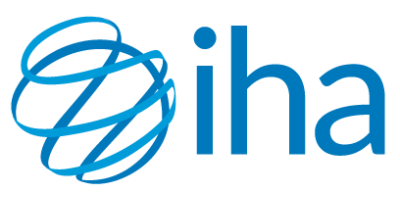
- Home
- Companies
- International Hydropower Association ...
- Articles
- Hydro modernisation in South America ...
Hydro modernisation in South America requires better financing and regulation
Sector consultation on hydropower modernisation in Latin America and the Caribbean has shown that, despite clear drivers for modernisation, more investment and regulatory support is urgently needed to encourage projects.
The region is heavily dependent on hydropower, which is the main source of electricity in many countries. A recent IDB-IHA study on hydropower modernisation potential and investment needs in the region was recently presented to 500 stakeholders, who were surveyed on opportunities and challenges for modernisation projects.
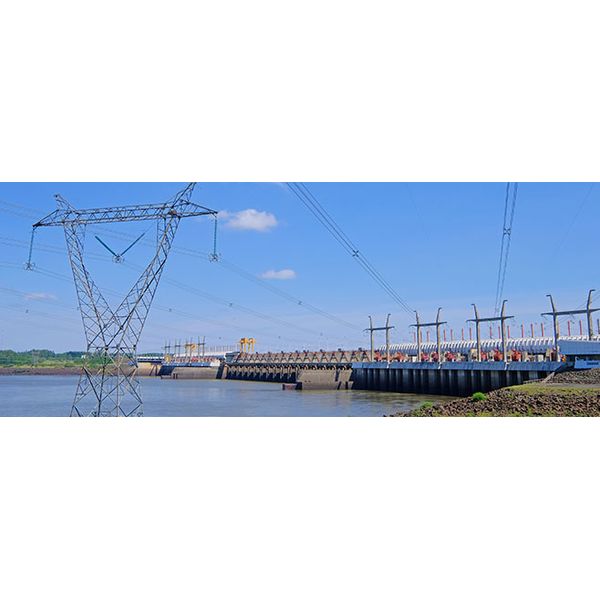
Key drivers for hydropower modernisation in the region
Hydropower dominates the electricity generation in the region, accounting for 46 per cent of the installed capacity compared to an average of 16 per cent worldwide. It is the main source of electricity in many countries. It is, therefore, crucial that hydropower assets are well maintained and operated to satisfy the changing energy and water requirements. Ageing of the assets drives the trend of modernising the hydropower fleet, where already more than 100 GW of installed capacity is over 30 years old in the region (out of 196 GW). The key objective for modernisation projects in the region is the life extension or upgrading of plants.
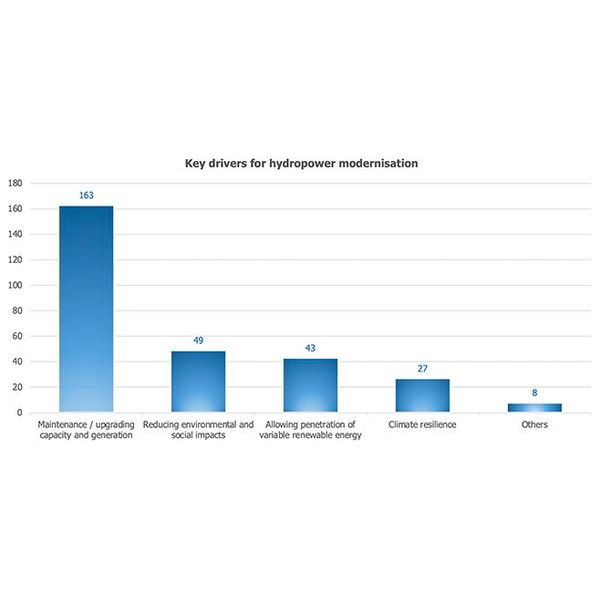
A secondary driver is the opportunity to reduce environmental and social impacts. The Hydropower Sustainability Tools, in particular the Hydropower Sustainability Assessment Protocol and the Hydropower Sustainability ESG Gap Analysis Tool, can be applied to assess modernisation projects against international good practice for environmental and social issues.
Another important secondary driver is optimising ancillary services to adapt the plants to new requirements for flexibility in the power system and the market. Flexibility is needed to allow the increased penetration of variable renewable energies like wind and solar.
Adaptation to climate change needs when modernising a hydropower asset is also a key aspect for some. Vulnerability studies like the ones carried out by IDB for Central America and the Andean region are relevant to determine possible impacts on the inflows, and the reliability and safety of the plant. Hydrological variability affects plant factors, and thus, the firm energy committed to the grid. A modernisation project can consider a change of the operating regime i.e. base load or peaking and opens the opportunity to include infrastructure resilience measures. The Hydropower Sector Climate Resilience Guide offers a methodology for identifying, assessing and managing climate risks to enhance the resilience of new and brownfield hydropower projects.
Finally, other drivers are the technological advances and digitalisation to provide advanced grid flexibility services without compromising plants’ reliability. Owners and operators also must consider the end of concession agreements.
During the consultation, questions were also raised on sediment management practices, improvement of fish passages, and increasing dam safety when addressing a modernisation project. All of these aspects should be considered when preparing and implementing a modernisation project.
Hydropower modernisation challenges
The IDB-IHA study sheds light on the modernisation potential and investment needs, but further effort is necessary to overcome challenges to the implementation of modernisation projects.
The survey showed that access to financing is the main barrier for modernisation, followed by the regulatory framework. It is important for key stakeholders at all levels, including regulatory agencies, governments, and financiers, to support modernisation.
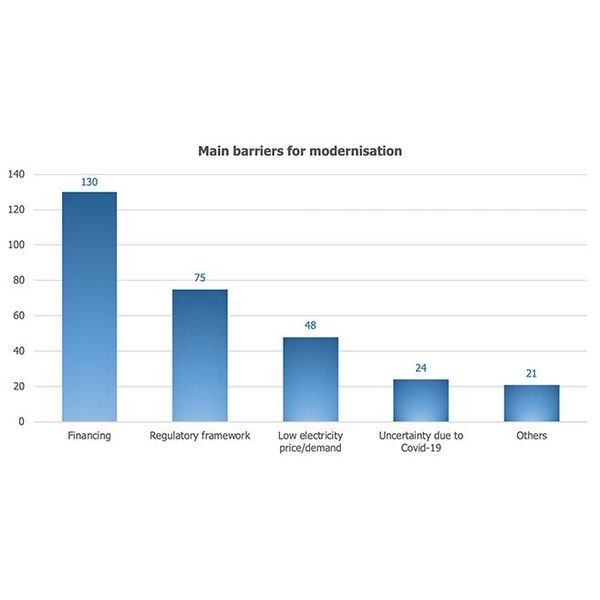
IDB’s activities
IDB considers hydropower modernisation (in the broad sense including rehabilitation) one of the main areas for support; both in terms of providing technical cooperation for studies, as well as providing loans for the implementation of projects. In the last ten years almost 3 GW has been rehabilitated with IDB support in Brazil, Haiti, Costa Rica, and Nicaragua, with another 2 GW currently being financed in Paraguay, Uruguay, and Argentina. As the hydropower fleet ages, the importance of hydropower modernisation is expected to grow, as it is essential to maintaining a secure, reliable, and renewable electricity service.
Survey respondents and webinar
The survey was held during a webinar on 19th June 2020 with 500 participants from research institutions, manufacturers, governments, and financing institutions. Owners/operators represented almost 30% of the respondents. As well as presenting the results of the IDB-IHA study, the webinar was a chance to share experiences from EPE (Brazil), Salto Grande (Uruguay/Argentina) and ICE (Costa Rica).
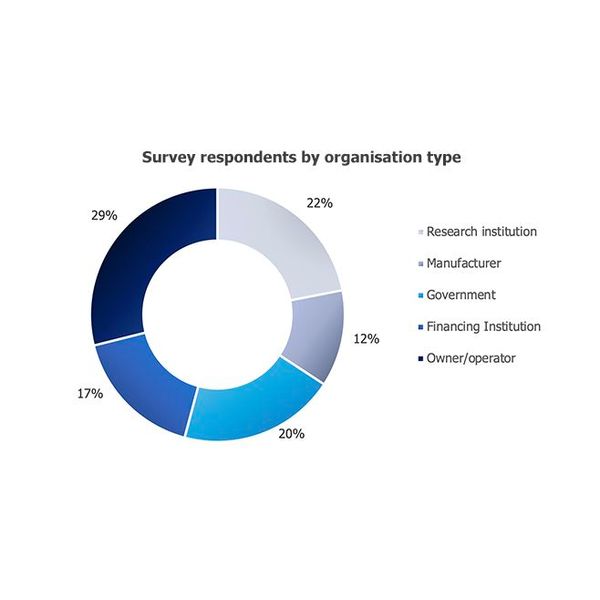
Upcoming activities
IDB and IHA will keep collaborating to advance sustainable hydropower in the region, specifically: increasing awareness about modernisation needs and challenges, supporting knowledge sharing on modernisation and creating a platform for dialogue with policy makers and regulators.
